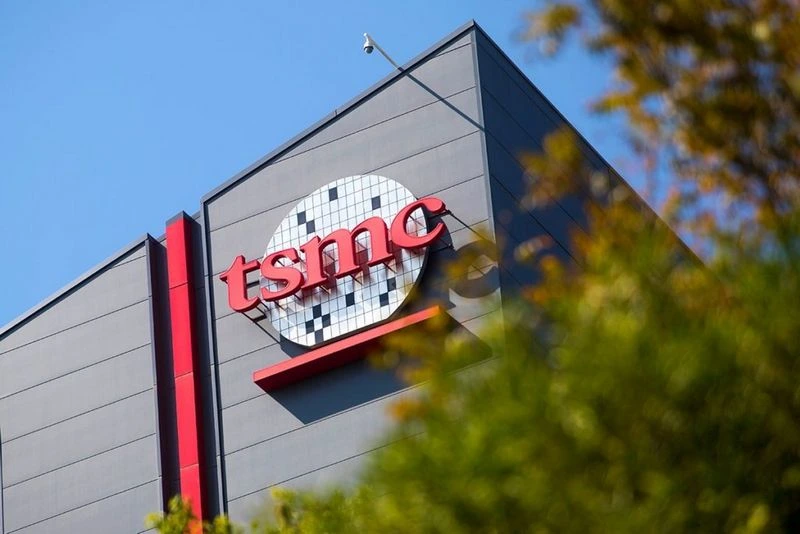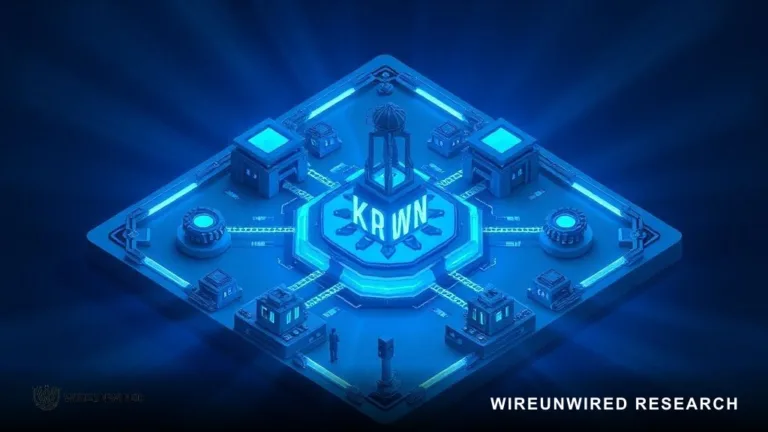TSMC, the world’s largest contract chipmaker, is building its first semiconductor foundry in the US, dubbed Fab 21, near Phoenix, Arizona. The fab will produce chips using TSMC’s advanced 5nm and 3nm process technologies, which are used by leading companies such as AMD, Apple, NVIDIA, and Qualcomm for their high-performance products. In this article, we will take a closer look at the Fab 21 project and its significance for the US semiconductor industry.
What is Fab 21?
Fab 21 is TSMC’s first fab in the US since it established its subsidiary TSMC Washington in 1998. The fab will be located on a 445-hectare site in Phoenix, Arizona, and will have a total investment of $40 billion by 2026. The fab will consist of two phases: phase 1 will start production in early 2024 with a capacity of around 30,000 wafer starts per month (WSPM) using TSMC’s N5 family of process nodes (5nm class), while phase 2 will start production in 2026 with a capacity of around 50,000 WSPM using TSMC’s N3 family of process nodes (3nm class). The fab will employ about 1,600 people and generate annual revenue of about $10 billion for TSMC.
Why is Fab 21 important?
Fab 21 is important for several reasons. First, it will strengthen TSMC’s global presence and customer service by providing a local supply of advanced chips for its US clients, especially those in the fields of artificial intelligence, cloud computing, automotive, and defense. Second, it will enhance the US semiconductor industry’s competitiveness and innovation by bringing cutting-edge technology and talent to the country. Third, it will support the US government’s efforts to secure its chip supply chain and reduce its reliance on foreign sources amid rising geopolitical tensions and trade disputes. Fourth, it will create positive spillover effects for the local economy and society by creating jobs, boosting tax revenue, fostering education and research collaboration, and promoting environmental sustainability.
How is Fab 21 progressing?
TSMC has been making steady progress on the Fab 21 project since it announced its plan in May 2020. The company completed the construction of phase 1 in early 2022 and began installing production tools in December 2022. The company also unveiled the layout of the fab in June 2021 and held a groundbreaking ceremony for phase 2 in December 2022. The company has been working closely with local authorities and partners to ensure smooth operation and compliance with environmental and safety standards. The company has also been recruiting and training local talent to join its workforce and has been engaging with local communities and stakeholders to build trust and goodwill.
What are the challenges and opportunities for Fab 21?
Fab 21 faces some challenges as well as opportunities as it prepares to start production. One challenge is to ensure the quality and reliability of its chips amid increasing complexity and cost of advanced process technologies. Another challenge is to cope with the uncertainty and volatility of the global chip market due to factors such as demand fluctuations, supply disruptions, trade frictions, and regulatory changes. A third challenge is to balance the interests and expectations of its various stakeholders, including customers, suppliers, employees, investors, regulators, competitors, media, and public.
On the other hand, Fab 21 also has some opportunities to leverage its strengths and advantages. One opportunity is to capitalize on its technological leadership and innovation capabilities to deliver superior products and services to its customers. Another opportunity is to exploit its strategic location and network to expand its market share and customer base in the US and beyond. A third opportunity is to demonstrate its corporate social responsibility and values by contributing to the social welfare and environmental protection of its host country.
Conclusion
TSMC’s Fab 21 is a new milestone for the US semiconductor industry as it marks the arrival of a world-class foundry that can produce chips using the most advanced process technologies in the world. The fab will benefit both TSMC and its US clients by providing a local source of high-performance chips for various applications. The fab will also benefit the US economy and society by creating jobs, generating revenue, fostering innovation, enhancing security, and promoting sustainability. The fab faces some challenges but also has some opportunities as it gears up for production in the next few years. We look forward to seeing how Fab 21 will shape the future of the US semiconductor industry.
References:
[TSMC Fabs – Taiwan Semiconductor Manufacturing Company Limited]
[TSMC Unveils Major U.S. Fab Expansion Plans: 3nm and $40 Billion by 2026 – AnandTech]
[TSMC unveils layout of Arizona fab – Taipei Times]
Discover more from WireUnwired Research
Subscribe to get the latest posts sent to your email.




